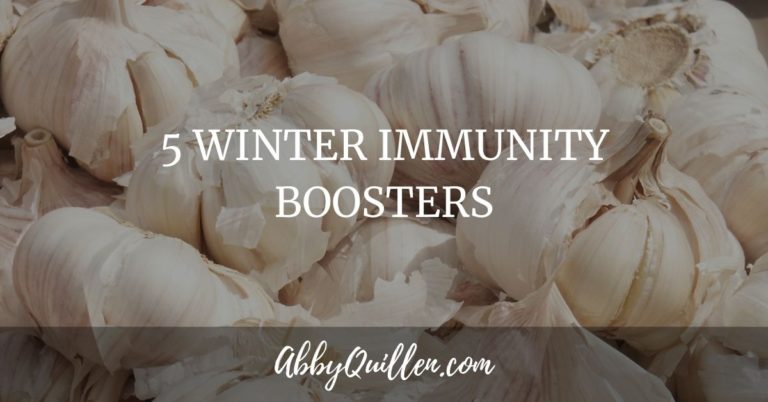Herbs to Help You Stay Healthy This Spring
If you imagine stepping from a freezing December day into a sweltering July day, you can only marvel at the body’s ability to adjust to new seasons. Beneath the surface, your body works hard to transition to new seasonal conditions. More than 5,000 genes change their expression from one season to the next, according to…





